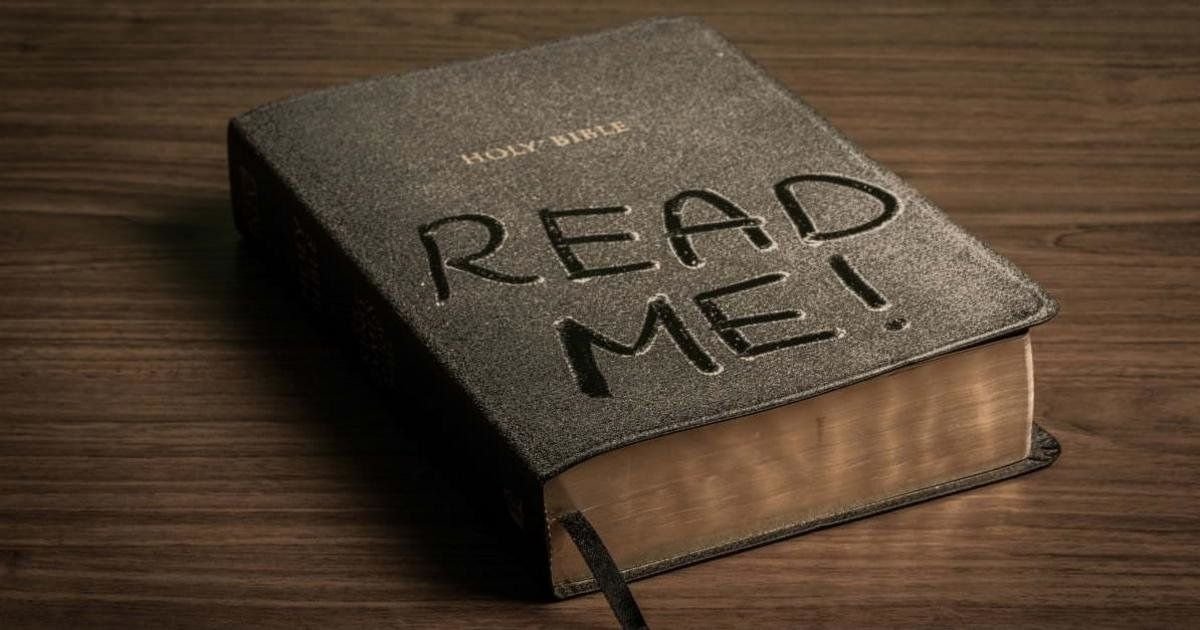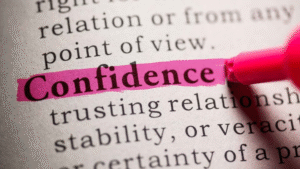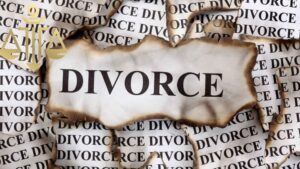Order to Read the Bible: A Simple Guide for Beginners

Beginning your journey with the Bible can be a bit daunting, especially with its rich content and the sheer number of books it contains. Whether you’re new to Christianity or simply new to reading the Bible, it’s important to begin with a plan.
The “order to read the Bible” is crucial for beginners as it can help you better understand the story, teachings, and historical context. In this guide, we will walk you through the best approaches to start reading the Bible and how to structure your reading for a more fulfilling experience.
How to Start Reading the Bible
If you’re just starting, the first step is to approach the Bible with an open heart and a plan. Many new readers struggle with where to begin, but it’s often best to start from the very beginning of Genesis. Starting at the beginning allows you to follow the Bible’s natural flow and gives you the foundational stories and teachings. This approach makes it easier to track your progress, and it helps you build a general understanding of the Bible’s content.
Once you start reading Genesis and continue through Revelation, you’ll get a sense of the overarching themes and messages of the Bible. By reading the Bible in the order it’s laid out, you also familiarize yourself with the structure, making it easier to navigate through future, more in-depth studies. With time, you’ll be ready for more focused studies as you gain a broader understanding.
Suggested order for reading the Bible
Everyone has their own way of approaching the Bible, but having a suggested reading order can really help beginners stay focused and make the journey easier. For example, starting with the books that lay the foundation for Christian faith, like Genesis, the Gospels, and the letters of Paul, gives you insight into the story of creation, Jesus’ teachings, and Christian life. Once you grasp these key themes, you’ll be ready to explore the rest of the Bible with a deeper understanding and a clearer perspective.
In addition to the traditional order of reading, many people find it helpful to combine their readings. For instance, reading one Old Testament and one New Testament book daily can provide a balanced view of both the Old Covenant and the New Testament teachings of Jesus and the apostles. This way, you’ll get the full picture of God’s plan from creation to redemption.
The Ideal Bible Reading Order for Beginners
For beginners, the best order is one that introduces both the big picture and the foundational truths. Start with the Gospel of John, which gives a clear and relatable introduction to who Jesus is, and then read Genesis to understand the beginning of everything. Following that, you can read the Acts of the Apostles to see how the early church spread the message of Jesus. From there, consider focusing on the Epistles, which offer practical guidance on living out your faith.
This order gives you an introductory understanding of the Bible’s central message, “Jesus Christ,” and how the church grew from His life and teachings. It’s an ideal way to start reading without feeling overwhelmed, and it provides a strong foundation for deeper study later.
Which Bible Books Should You Start With as a New Believer?
If you are a new believer, it’s best to start with books that focus on the life and teachings of Jesus, like the Gospels, Matthew, Mark, Luke, and John. John is especially great for new readers because it emphasizes Jesus’ identity as the Son of God and His role in salvation. After the Gospels, move on to Acts to understand how the early church was formed and spread the message of Christ.
The letters from the apostle Paul, such as Romans and Philippians, can also provide essential insight into living the Christian life. These books are practical and easy to understand, making them a great choice for new believers.
Should you read the Bible in Chronological order?
Reading the Bible in chronological order can be a helpful approach, especially if you’re trying to understand the historical flow of events. This method organizes the Bible based on when the events occurred, allowing you to read through the Bible as a continuous story. It can give you deeper insights into the timing of various events and help you connect the dots between Old and New Testament scriptures.
However, for beginners, reading in chronological order might be a bit challenging. It requires a lot of background knowledge, so if you’re new to the Bible, it’s better to start with a traditional reading plan or focus on key books before attempting a chronological approach.
A Recommended Reading Order for the Books of the Bible
A good way to structure your Bible reading is by reading it in segments. Start with the key books that cover the story of creation and the life of Jesus. From Genesis to the Gospels, you’ll be introduced to the primary themes of the Bible. Then, move on to the letters and teachings of the apostles to understand how the early church lived out these teachings.
Consider creating a reading plan that breaks the Bible into manageable sections, focusing on one book at a time. This strategy makes it easier to understand each book individually while keeping track of the broader narrative.
Chronological Order
Reading the Bible in chronological order involves following the timeline of events as they occurred historically. For example, you would read Genesis first, then move through the books of the Old Testament that cover the history of Israel, followed by the Gospels, and finally, the letters of Paul. This order helps to build a clear timeline of God’s work in history.
Chronological reading can enhance your understanding of how the Bible’s events connect to each other, but it’s important to note that it may take more time and focus to fully grasp the timeline.
Book-by-Book (Traditional Order)
The traditional book-by-book order starts with Genesis and continues straight through to Revelation. This method follows the Bible’s natural layout and introduces you to the Old and New Testament teachings in a way that makes sense. By starting with Genesis, you’ll experience the full narrative arc of the Bible, including creation, fall, redemption, and restoration.
For beginners, reading in the traditional order is often the simplest way to get a comprehensive view of the Bible without jumping around. It ensures that you don’t miss any essential parts of the story.
New Testament First
Starting with the New Testament is another option, especially for those who want to focus directly on the life and teachings of Jesus Christ. By reading the Gospels first, you can quickly grasp the foundation of the Christian faith. The New Testament offers clear insights into Jesus’ life, death, and resurrection, as well as practical teachings for living out the Christian faith.
After reading the Gospels, move on to the Acts of the Apostles and the letters of Paul for a better understanding of the early church and Christian doctrines.
Which Method Is Best for You?
The best method for reading the Bible depends on your goals and how deep you want to go. If you’re a beginner, start with the Gospels and the Epistles for clear teachings on the life of Jesus and practical Christian living. If you’re more interested in understanding the full biblical story, consider reading the Bible in traditional or chronological order.
Ultimately, the most important thing is to begin. The Bible is rich with wisdom, and every method will guide you closer to understanding God’s message. So, pick a plan that fits your lifestyle and commit to it!
Conclusion
Reading the Bible is a life-changing experience, and the “order to read the Bible” is an essential part of the process. Whether you choose a traditional reading plan, chronological order, or focus on specific books like the Gospels and Epistles, the key is to begin. As you read, allow the scriptures to guide and shape your life, helping you grow in faith and understanding.
Frequently Asked Questions About Reading the Bible
1. What’s the best way to start reading the Bible as a beginner?
Starting with the Gospels, especially the book of John, is a great way to get to know Jesus and His teachings. From there, you can move to Genesis and other foundational books to understand the bigger picture.
2. Should I read the Old Testament before the New Testament?
It’s not necessary to follow this order, but many people start with the New Testament, especially the Gospels, to understand Jesus’ life and teachings before diving into the Old Testament’s history and laws.
3. How long does it take to read the entire Bible?
The time it takes varies depending on your reading pace. On average, it may take about a year if you read a few chapters daily, but some prefer a more flexible approach depending on their schedule.
4. Can I read the Bible in a year?
Yes! Many Bible reading plans are specifically designed to help you read the entire Bible in a year by breaking it into manageable daily readings.
5. Is it okay to read the Bible out of order?
While there’s a traditional order, it’s okay to read the Bible in any order that makes sense to you. Focus on understanding the themes, and later you can explore different parts with more depth.

Touseef Naz is a Bible stories expert dedicated to sharing powerful and inspiring lessons from Scripture. With a passion for faith-based storytelling, Touseef brings ancient truths to life for today’s generation.




